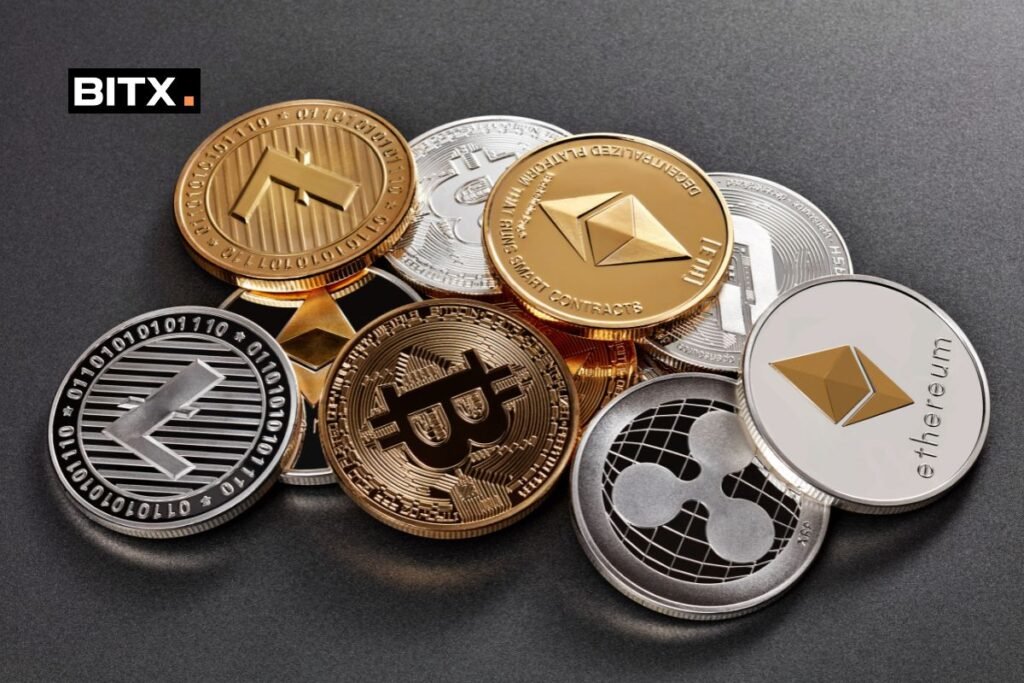Introduction
In the dynamic world of cryptocurrency, besides Bitcoin, there exists an extensive range of digital assets known as altcoins. This comprehensive guide will delve into the intricacies of the altcoin market, its characteristics, and the factors influencing its growth.
What are Altcoins?
Altcoins, short for "alternative coins," are any cryptocurrencies other than Bitcoin. They were first introduced in 2011 and have evolved significantly since then. Altcoins can differ from Bitcoin in various aspects such as their technology, purpose, and even the problems they aim to solve.
Types of Altcoins
Altcoins can be categorized based on their origin, functionality, and the technology they employ.
-
Forked Coins: These are created when the code of an existing cryptocurrency is altered and launched as a new coin. Examples include Bitcoin Cash and Bitcoin SV, forks of Bitcoin.
-
Utility Tokens: These altcoins are used for a specific purpose within a blockchain project, such as buying goods and services or participating in a decentralized application.
-
Security Tokens: These are derived from an asset, like shares in a company, and give you a claim on a part of that asset. They are more regulated and entitled to income-generating rights.
-
Stablecoins: These altcoins aim to minimize the volatility associated with cryptocurrencies by pegging their value to assets like gold, fiat currency, or a basket of other cryptocurrencies.
- DeFi Tokens: These altcoins are native to decentralized finance (DeFi) platforms and are used for various purposes such as lending, borrowing, or trading.
Factors Affecting Altcoin Prices
Multiple factors influence the price of altcoins:
-
Market Trends: Overall sentiment and trends within the cryptocurrency market can significantly impact altcoin prices.
-
Technical Achievements: Improvements in technology or innovative solutions offered by the altcoin can drive its value up.
-
Regulatory Environment: Changes in policies and regulations related to cryptocurrencies can affect the demand and, consequently, the price of altcoins.
- Partnerships and Adoption: Collaborations or partnerships with major companies or integrations with popular platforms can increase the credibility and usage of an altcoin, thereby influencing its price.
Investing in Altcoins
Investing in altcoins involves similar considerations as investing in any other asset class:
-
Understanding the Project: Research the altcoin’s underlying technology, its team, and the problems it aims to solve before investing.
-
Risk Management: Align your investment strategy with your risk tolerance. Consider diversifying your portfolio across different altcoins to mitigate risk.
- Stay Informed: Continuously monitor the market, attend to any news updates related to the altcoin, and evaluate the project’s progress.
Conclusion
The altcoin market is a fascinating and rapidly evolving landscape. Understanding its intricacies and following best practices can help investors navigate this scene effectively. As with any investment, careful consideration, research, and risk management are crucial.
